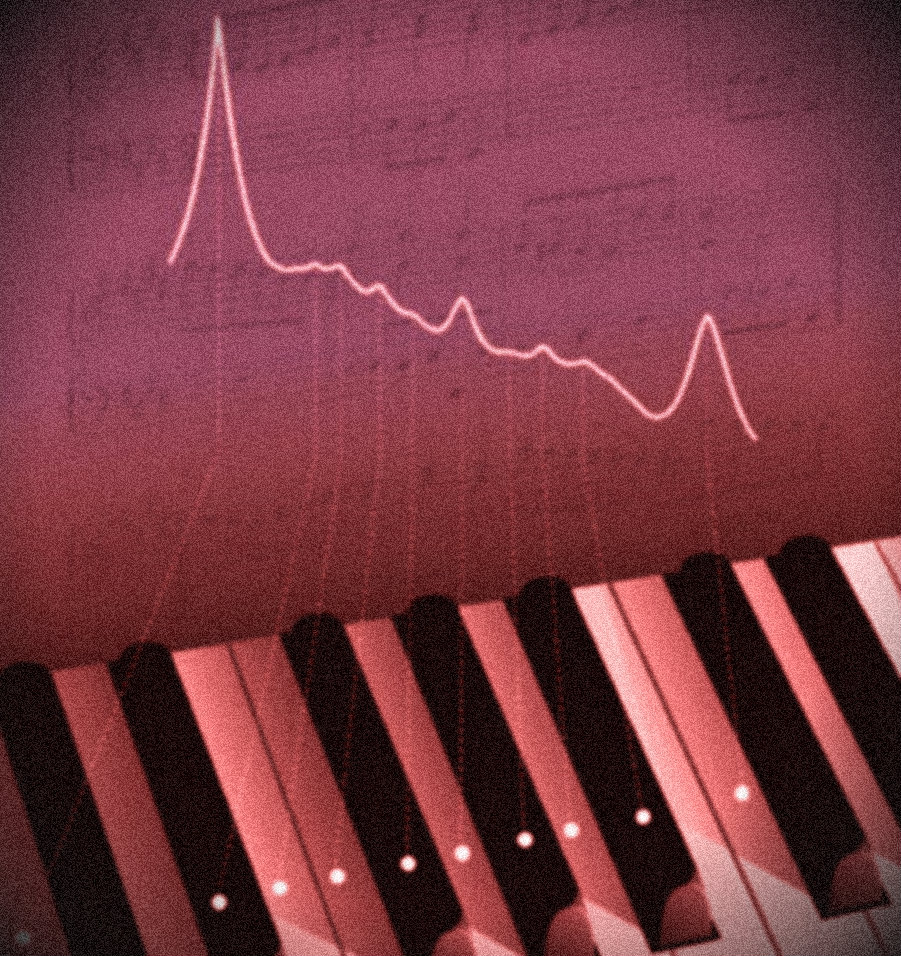Music as Biology: What We Like to Hear and Why, Free course starts today
Starts 31/10/2016
About this course: The course will explore the tone combinations that humans consider consonant or dissonant, the scales we use, and the emotions music elicits, all of which provide a rich set of data for exploring music and auditory aesthetics in a biological framework. Analyses of speech and musical databases are consistent with the idea that the chromatic scale (the set of tones used by humans to create music), consonance and dissonance, worldwide preferences for a few dozen scales from the billions that are possible, and the emotions elicited by music in different cultures all stem from the relative similarity of musical tonalities and the characteristics of voiced (tonal) speech. Like the phenomenology of visual perception, these aspects of auditory perception appear to have arisen from the need to contend with sensory stimuli that are inherently unable to specify their physical sources, leading to the evolution of a common strategy to deal with this fundamental challenge.
WEEK 1
Course Introduction to Music as Biology
- Reading: A Word About the Course
- Video: Welcome to Music as Biology
- Discussion Prompt: Music as Biology: In Your Own Words
- Reading: Feedback surveys
- Reading: Module Resources
- Reading: An Overview of the Human Auditory System
- Video: Organization of the Auditory System
- Video: Sound Signals and Sound Stimuli
- Discussion Prompt: Distinction Between Sound Signal and Sound Stimuli
- Video: Tones versus Noise
- Discussion Prompt: Harmonic Series
- Video: Determining the Sources of Sound Stimuli
- Discussion Prompt: Auditory Perception
- Reading: Feedback survey
- Discussion Prompt: Thinking About Music as Biology: Week 1
- Reading: Module Resources
- Video: Loudness and Intensity
- Video: Pitch and Frequency
- Video: Timbre and its Causes
- Discussion Prompt: Correlates and How They Differ
- Video: Observation and Linguistics
- Video: Auditory Objects and Scenes
- Discussion Prompt: Thinking About Music as Biology: Week 2
- Reading: Feedback survey
- Reading: Module Resources
- Video: The Production of Vocal Sound Signals
- Discussion Prompt: Human Vocalization
- Video: The Perception of Vocal Sound Signals
- Video: The Perception of Intensity (Loudness) in Empirical Terms
- Video: The Perception of Frequency (Pitch) in Empirical Terms
- Discussion Prompt: Share Your Work!
- Video: Relationship of Vocalization to Music
- Discussion Prompt: Thinking About Music as Biology: Week 3
- Reading: Feedback survey
- Reading: Module Resources
- Discussion Prompt: Defining Music
- Video: Defining Music
- Video: The Chromatic Scale and Some More Musical Terminology
- Discussion Prompt: Share Your Work!
- Video: Consonance and Dissonance
- Video: Tonality vs. Atonality: Frequency of Consonant vs. Dissonant Intervals
- Video: Tension and Resolution
- Video: Cadences
- Discussion Prompt: Explanations of Consonance
- Video: Mathematical Explanations of Consonance
- Video: A Physical Explanation of Consonance
- Video: A Biological Explanation of Consonance
- Reading: Feedback survey
- Reading: Module Resources
- Video: Defining Scales and Modes
- Discussion Prompt: Tuning Systems
- Video: The Small Number of Scales Used
- Discussion Prompt: Scales
- Video: Testing a Biological Explanation of Scale Preference
- Discussion Prompt: Biological Explanation of Scale Preference
- Video: Why Is the Number of Intervals in Scales So Limited?
- Video: The Status of the Chromatic Scale and the Semitone in Biological Terms
- Video: Is Music Uniquely Human?
- Reading: Feedback survey
- Reading: Module Resources
- Video: Introduction to Emotion
- Discussion Prompt: Relevancy of Emotion
- Video: Emotions Elicited by Major versus Minor Scales
- Reading: Mozart Variation 8, “Minor”
- Reading: Mozart Variation 9, “Major”
- Video: Comparision of Major and Minor Music with Vocalization in Different Emotional States
- Video: Expression of Emotion in Eastern and Western Music
- Video: Language, Speech, and Cultural Differences in Music
- Video: Mbira Music: Background and Cyclical Structures
- Video: Mbria Music: Nonhamronic Frequencies
- Discussion Prompt: Culturally Different Music
- Discussion Prompt: Your Takeaway
- Discussion Prompt: Music as Biology: Summing Up
- Reading: Feedback survey
- Video: Mozart: Twinkle Twinkle Little Star
- Reading: Mozart Theme
- Reading: Mozart Variation 2, ornamentation
- Reading: Mozart Variation 5, rhythmic sync
- Reading: Mozart Variation 8, “Minor”
- Reading: Mozart Variation 9, “Major”
- Video: Derivations of the Harmonic and Melodic Minor Scales
- Reading: Minor Scale Analysis in BWV 002
- Video: Cadences
- Reading: Music Theory Rules
- Reading: BWV 002 Harmonic Analysis
- Reading: BWV 65.2 Harmonic Analysis
- Reading: BWV 133.6 Harmonic Analysis
- Video: Berg Lieder
- Reading: Schliesse Mir Die Augen Beide
- Reading: Tonal Version Sheet Music
- Reading: Atonal Version Sheet Music
- Video: Background and Cyclical Structure
- Video: Nonharmonic Frequencies
- Reading: Glossary A-O
- Reading: Glossary P-W
- Reading: Bibliography
more: www.coursera.org
